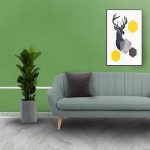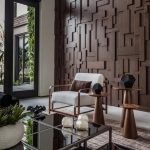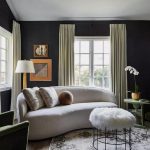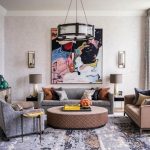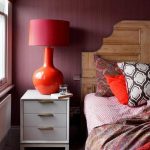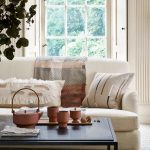Understanding the Design – An interior design project demands just as much original thought as the design itself, and the greatest projects start with a well-thought-out project timeline. To establish decision-making milestones with the client and the design team, a project process is typically divided into separate phases. Numerous possibilities are presented at the start of the design process, but as the project moves toward certain themes and configurations, the number of options rapidly decreases. We require numerous design elements to give the project a theme. These elements advance the overall concept and sustain the project as a whole. We must first comprehend the elements of interior design that control the overall look and feel of the design to fully comprehend the interior design process.
Elements of Interior Design
When it comes to interior design, seven is frequently perceived as a magical number. Taking a quick look at the seven elements and principles of interior design is advised to anyone stuck in a creative rut. Getting back to the fundamentals may be quite instructive because they are the core of the design and the things that give the project its impetus. The seven design principles are intended to assist in balancing an architectural layout so that the final product is both aesthetically beautiful and practical. Design is, after all, both an art and a science. Each component of every design can be addressed individually to improve a space’s favorable qualities. This will cover up any shortcomings, and produce an interior that pleases the eye, and the sense of touch, and serves its functional purpose. Here are the seven elements of interior design.
Space
The area that a shape or form resides in is referred to as space. It also describes the backdrop against which the shape or form is visible. Because of the space, the design has a function. It is something that is expected to happen from time to time. One can determine how much freedom or limitations they have when designing by looking at the available space. Space is relative and it has a different meaning for each person. It is a phenomenon that at first begins with a materialistic entity and gradually connects to human emotions. To alter the proximity of space, the design must exist, whereas space must exist for design to exist. One thing cannot exist in isolation from another; space and design go hand in hand. Positive and negative space are the two subcategories/types of space that can be distinguished.
Now when we talk about interior design the definition of space slightly changes. If we talk about space in a practical sense rather than the theoretical definition, the term “space” describes the distance between and surrounding furniture and other things as well as their sizes in a given space. A room’s balance depends on how effectively “positive” and “negative” spaces are utilized. Negative space refers to the spaces between items and includes sections left open to keep the room from seeming cluttered. It also includes circulation space for moving across the space. Positive space is where the room’s objects are placed, such as a sofa and armchairs.
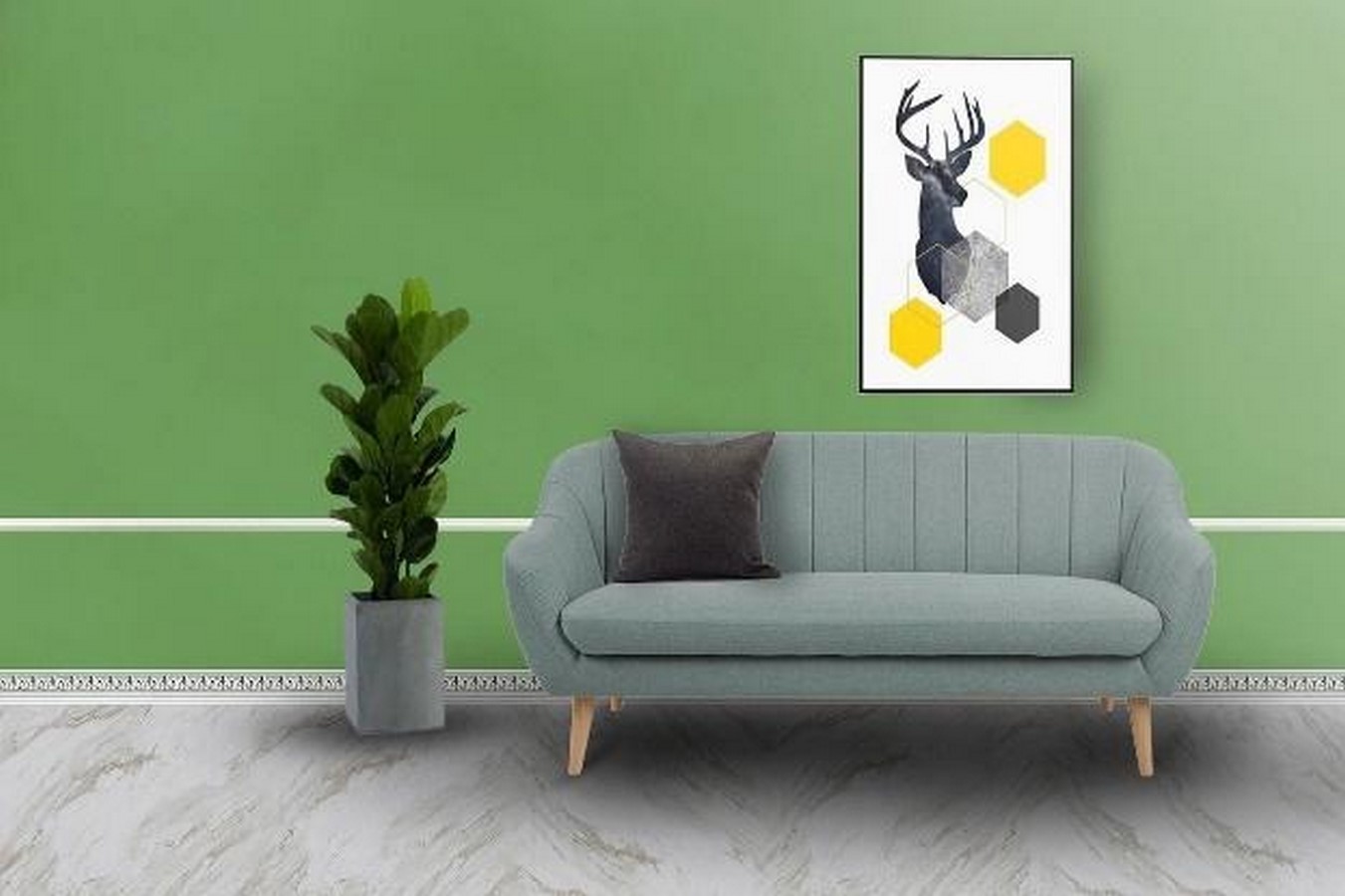
Line | Elements of interior design
In addition to being horizontal and vertical, lines can also be dotted, zigzagged, curved, straight, diagonal, bold, or fine. A space can be divided up into lines to express direction, lead the eye, outline an object, and convey a feeling or emotion. The lines created by the room’s structural elements and furniture can have a significant impact on how the space feels. They can also be used to draw attention to a focal point. They can be dynamic in addition to horizontal and vertical planes.
Horizontal lines, like those on tables, give a room a sense of balance. They might also provide the impression that a space is larger. The room’s vertical lines are created by elements like windows, doors, or perhaps a large fireplace. They are coveted because they impart a sense of freedom and can heighten a space. For instance, choosing a tall piece of furniture might draw the eye up and give the impression that the room is taller. Any design must strike a balance between horizontal and vertical lines. Dynamic lines like diagonals, zigzags, and curves can be produced via tiling that is laid diagonally or by features like staircases. They draw attention to a plan and give it life.
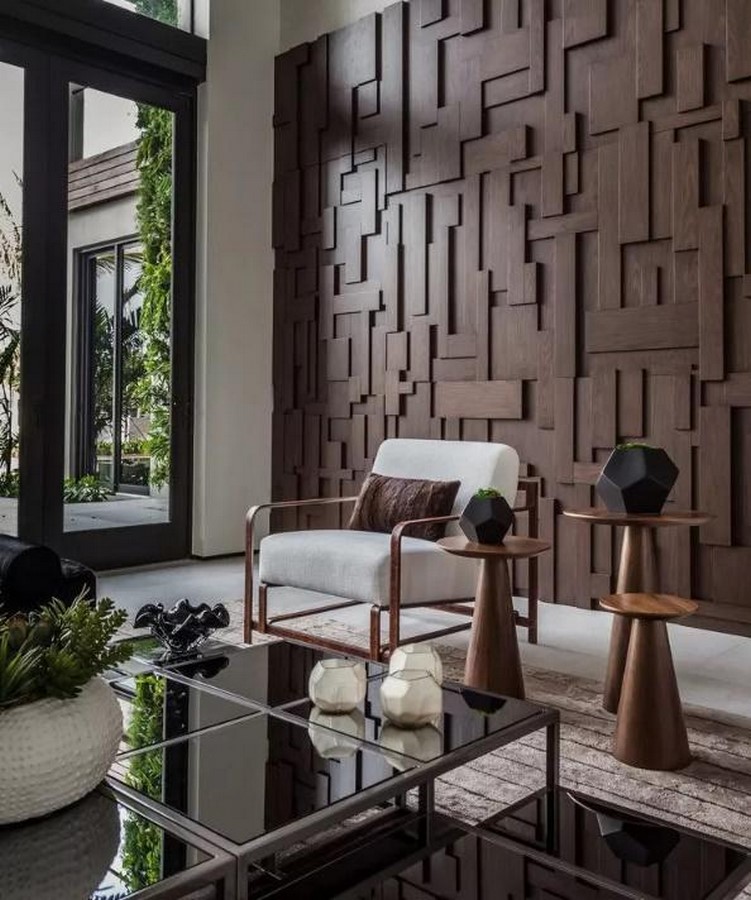
Form/Shape
Lines are connected to create forms. Forms/shapes are described by words like circle, square, triangle, and freeform. Look around you and identify the fundamental shapes of the objects. Do they have a single shape or a variety of shapes combined? The line produces flat or two-dimensional shapes. Forms are what one terms three-dimensional shapes. A ball is a form, whereas a circle is a shape. A cube is a form, whereas a square is a shape. A sculpture is a three-dimensional form, whereas a sketch is a flat shape.
Now, in terms of an interior project, a form incorporates the shape of the room as well as the furnishings, artwork, and decorative accents that are present in it. These forms could be geometric—those with exact lines and angles—or natural-not simply the erratic forms found in nature, but also curved parts.
Again, balance is key with these forms, and natural shapes can soften an interior in contrast to the more rigid geometrics.
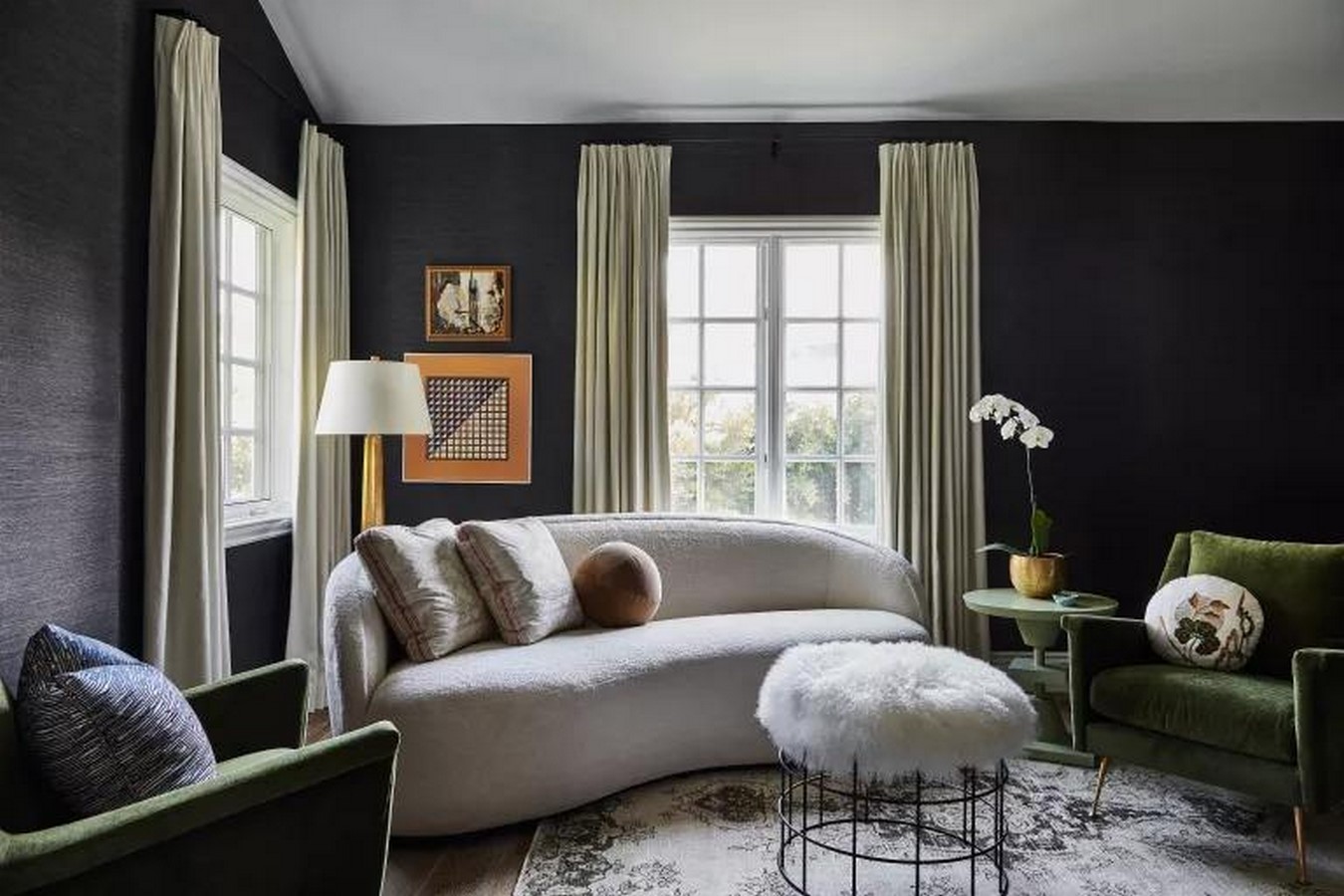
Light
Most interiors employ both natural light from windows and artificial lighting. Although the amount and quality of daylight may appear to be set, it is imperative to keep in mind that it can be filtered with draperies and window coverings. Additionally, it can be improved in areas where it is missing using strategies such as hanging mirrors, taking them from other rooms, and, once again, using window treatments. This time, the window treatments should allow the most light to enter the room.
Ambient or background lighting, accent lighting that highlights specific items or features, and task lighting that makes a kitchen safe for food preparation, an office desk bright enough for working, or a section of a living space comfortable for reading all contribute to artificial light in a space. While the choice of light fixtures and fittings will affect the appearance of the area, dimmer switches make it possible to change the ambiance with the lighting.
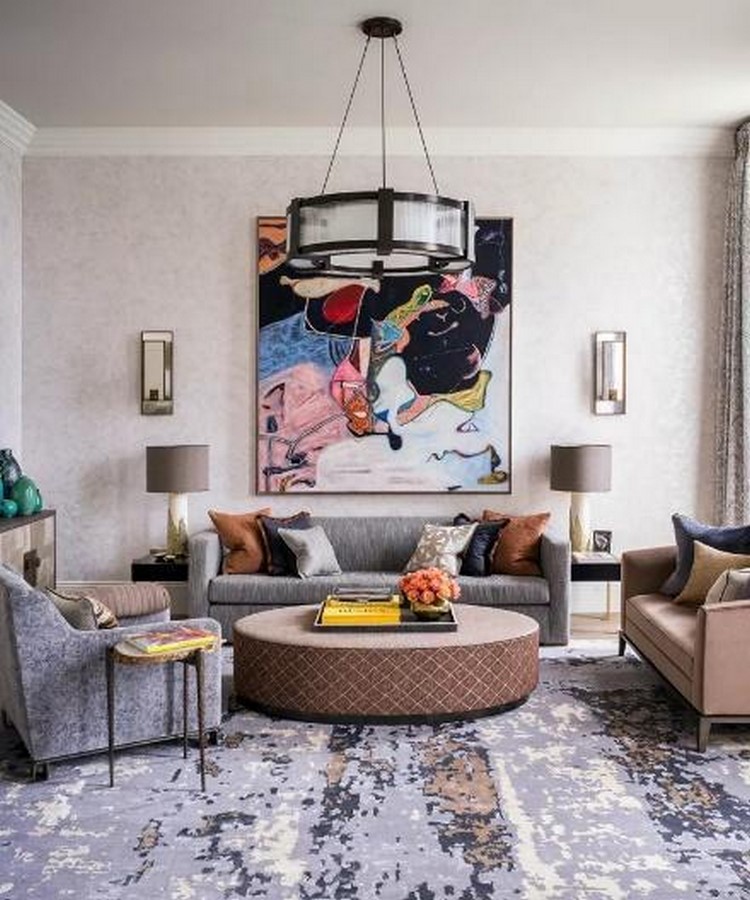
Color | Elements of interior design
According to Merriam-Webster Dictionary: a phenomenon of light (such as red, brown, pink, or gray) or visual perception that enables one to differentiate otherwise identical objects.
Color can make a space feel more spacious, lighter, or cozier in addition to setting a mood in the space. Of course, it’s crucial that the color matches the room’s intended function, with more calming hues for bedrooms, for instance, or energizing tones in a home office. A color’s qualities will vary depending on the time of day and whether it is seen in natural or artificial light, therefore choosing a color successfully requires taking these factors into account.
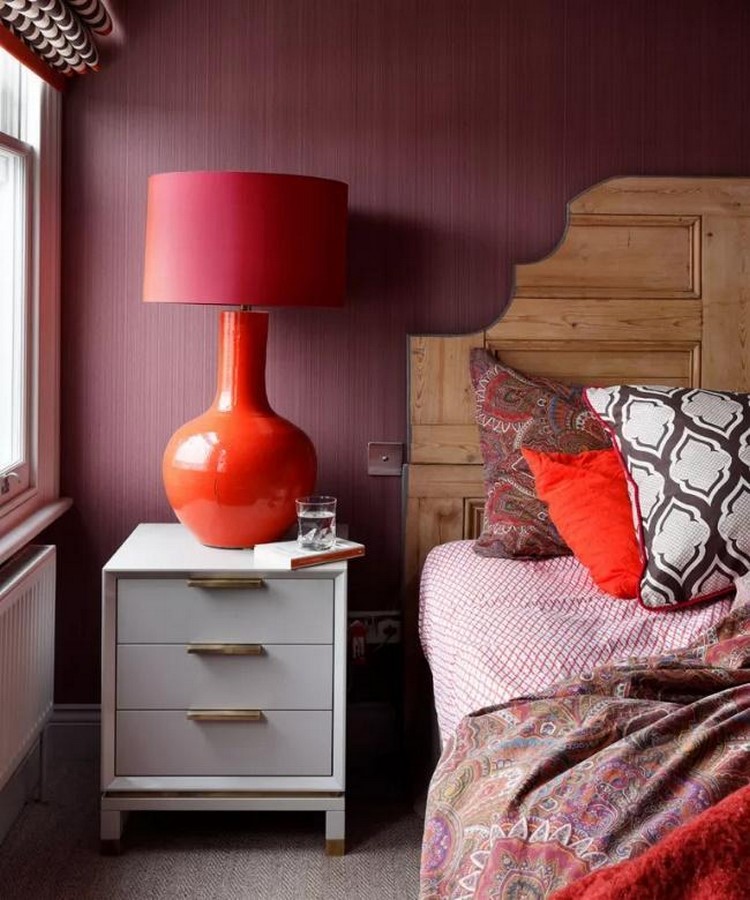
Texture
The apparent surface quality of an artwork is referred to as texture in the visual arts. It is a component of both two- and three-dimensional designs and stands out for both its perceived physical and visual characteristics. A range of messages and emotions can be conveyed through the use of texture in combination with other design elements.
The patterns of changes on a solid surface are known as physical texture, also known as actual texture or tactile texture. Fur, canvas, wood grain, sand, leather, satin, eggshell, matte, and smooth surfaces like metal or glass are just a few examples, but there are many more. By having a tangible quality that can be felt by touching the texture’s surface, physical texture sets itself apart from visual texture. The smoothness that an artwork conveys can change depending on how a texture is incorporated. Using rough surfaces, for example, can be visually stimulating while using smooth surfaces might be aesthetically relaxing. Both can be used to add personality to a design or to establish a rhythm, contrast, focus, etc.
Light has a crucial role in determining the physical texture of a surface since it can change how a surface is perceived. Strong lighting can make it difficult to interpret drawings or photographs on smooth surfaces. However, they can also produce striking contrasts on highly textured surfaces like sand, river rocks, and other materials.
The appearance of the physical texture is known as visual texture or inferred texture. Before developing a composition, it is imperative to examine the visual texture of each material and each support surface. Due to their increased roughness than, say, photo-quality computer paper, materials like canvas and watercolor paper might not be the most appropriate choice for producing a flat, smooth texture. Visual texture is used in photography, drawings, and paintings to both depict their subject matter realistically and figuratively. In these media, the texture is typically produced by repeating the form and line. Terrazzo or a reflection in a mirror are two further examples of visual texture.
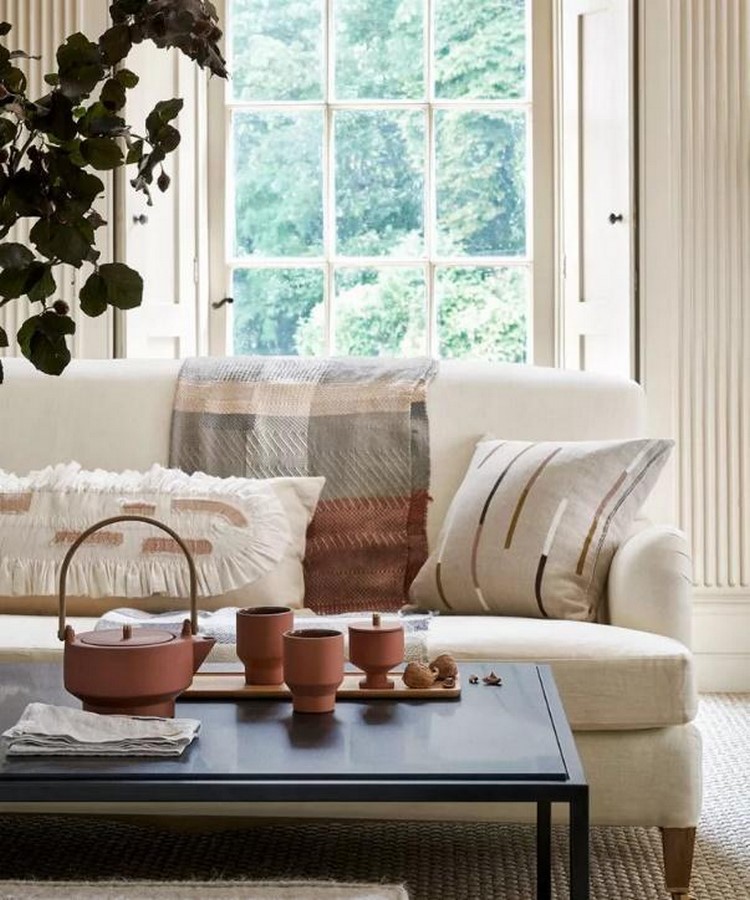
Pattern | Elements of interior design
In the real world, in artificial design, or abstract concepts, a pattern is a regularity. As a result, a pattern’s components repeat predictably. Usually repeated like a wallpaper pattern, geometric patterns are a type of pattern made of geometric shapes.
Like texture, a pattern can also give interest and life to a space. It might appear in the form of an area rug, wallpaper, soft furnishings, or even art. The pattern’s style, whether it be floral, geometric, abstract, or any other design, should complement the scheme’s overall design.

References:
Books
- Book by Chris Grimley, Linda O’Shea, and Mimi Love (2013) The Interior Design Reference & Specification Book: Everything Interior Designers Need to Know Every Day
Online sources
- 7 Elements of Interior Design
Jun 03, 2019
Available at: https://www.flooringamerica.com/blog/7-elements-of-interior-design
- Interior design by George Savage
Available at: https://www.britannica.com/art/interior-design
- The 7 elements of design – and how to use them in your interiors
By Sarah Warwick
Published Feb 11, 2021
Available at: https://www.homesandgardens.com/news/7-elements-of-design
- What is a Texture?
Available at: https://www.cs.auckland.ac.nz/~georgy/research/texture/thesis-html/node5.html








